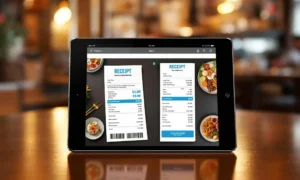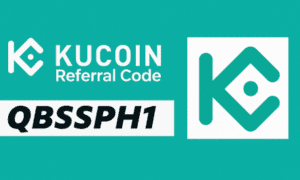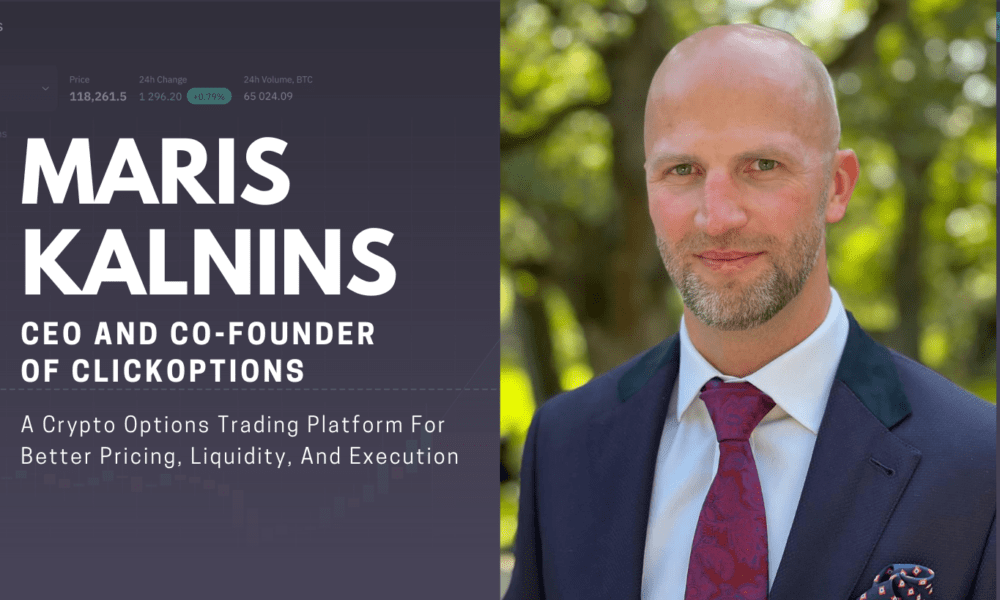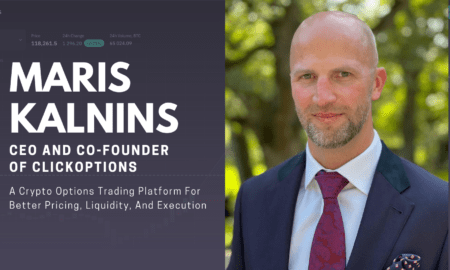In today’s rapidly evolving healthcare landscape, ensuring quality care isn’t just about hiring skilled professionals—it’s also about validating their credentials with precision and efficiency. Credentialing, the process of verifying the qualifications and backgrounds of healthcare providers, is one of the most critical pillars of patient safety and regulatory compliance. Yet, many healthcare facilities still rely on outdated or manual systems that increase risk, waste time, and reduce operational agility.
The High Stakes of Credentialing
Credentialing is more than just a formality. It’s a safeguard. It ensures that the doctors, nurses, and other healthcare professionals serving patients are qualified, licensed, and in good standing. Delays or errors in this process can result in unqualified individuals practicing medicine, leading to potential legal consequences, harm to patients, and reputational damage to the institution.
Moreover, payer reimbursements from insurers and government programs often hinge on proper credentialing. If a provider isn’t appropriately credentialed, healthcare facilities risk losing thousands in revenue and may even face sanctions.
The Problem with Legacy Systems
Traditional credentialing methods often involve a mountain of paperwork, endless back-and-forth communication, and manual verification processes. This not only slows down onboarding but also creates room for human error and data inconsistencies. For hospitals and clinics juggling dozens—or even hundreds—of providers, maintaining accuracy and compliance becomes a serious challenge.
The Shift to Digital Credentialing Solutions
To meet modern healthcare demands, organizations are increasingly turning to digital solutions. A healthcare provider credentialing system offers a centralized, streamlined approach to manage provider data, automate renewals, and verify credentials in real time.
These systems dramatically reduce the time it takes to onboard new providers and minimize the risk of errors. They also improve transparency and audit readiness, making it easier for healthcare facilities to stay compliant with industry regulations such as those set by The Joint Commission and NCQA.
Key Benefits of Modern Credentialing Platforms
- Speed and Efficiency
Automated workflows mean credentialing that once took weeks can now be completed in days. - Reduced Administrative Burden
Credentialing teams can focus more on strategic tasks rather than chasing down documents or managing spreadsheets. - Real-Time Monitoring
Continuous license monitoring and alerts help prevent compliance lapses. - Improved Data Accuracy
Centralized platforms reduce duplication and ensure a single source of truth for provider information. - Enhanced Provider Experience
Faster onboarding and easier updates improve satisfaction and reduce provider turnover.
Future-Proofing Healthcare Operations
As healthcare continues to shift toward value-based care and digital transformation, having a robust and reliable credentialing system isn’t just a “nice to have”—it’s a necessity. Hospitals, clinics, and other medical organizations that invest in smart credentialing tools position themselves for success in an industry where trust, compliance, and speed are everything.
Whether you’re managing a large health system or a private practice, adopting a modern healthcare provider credentialing system is one of the most effective ways to safeguard patient care, streamline operations, and ensure long-term sustainability.
Whether you’re managing a large health system or a private practice, adopting a modern healthcare provider credentialing system is one of the most effective ways to safeguard patient care, streamline operations, and ensure long-term sustainability.



































